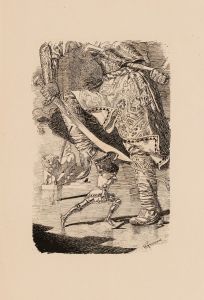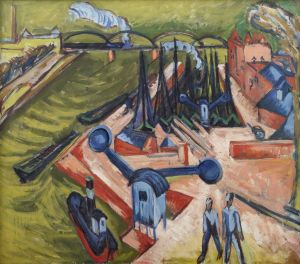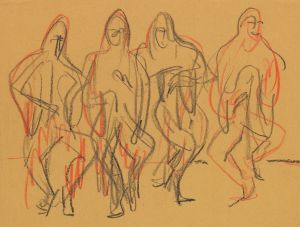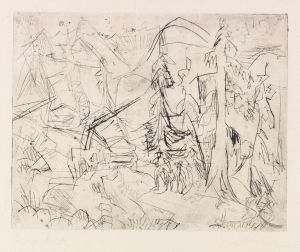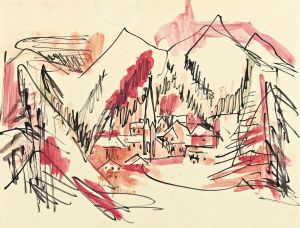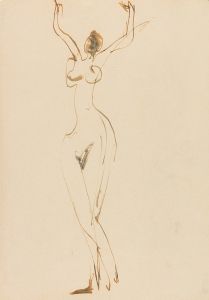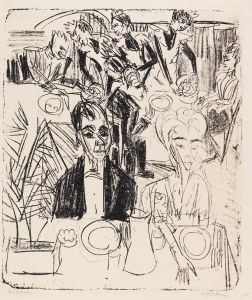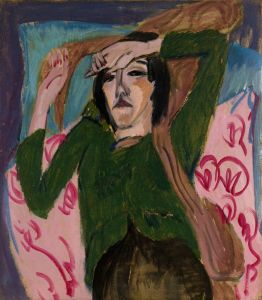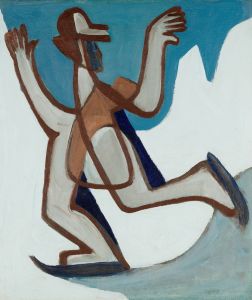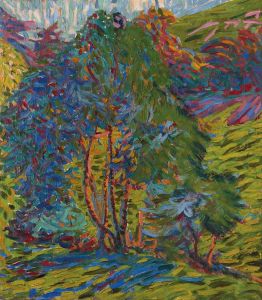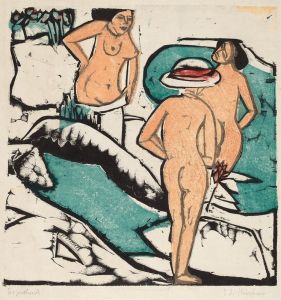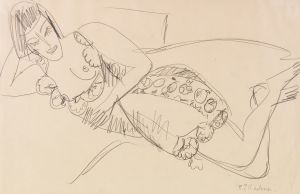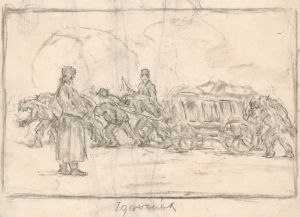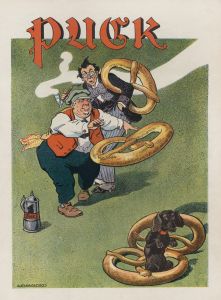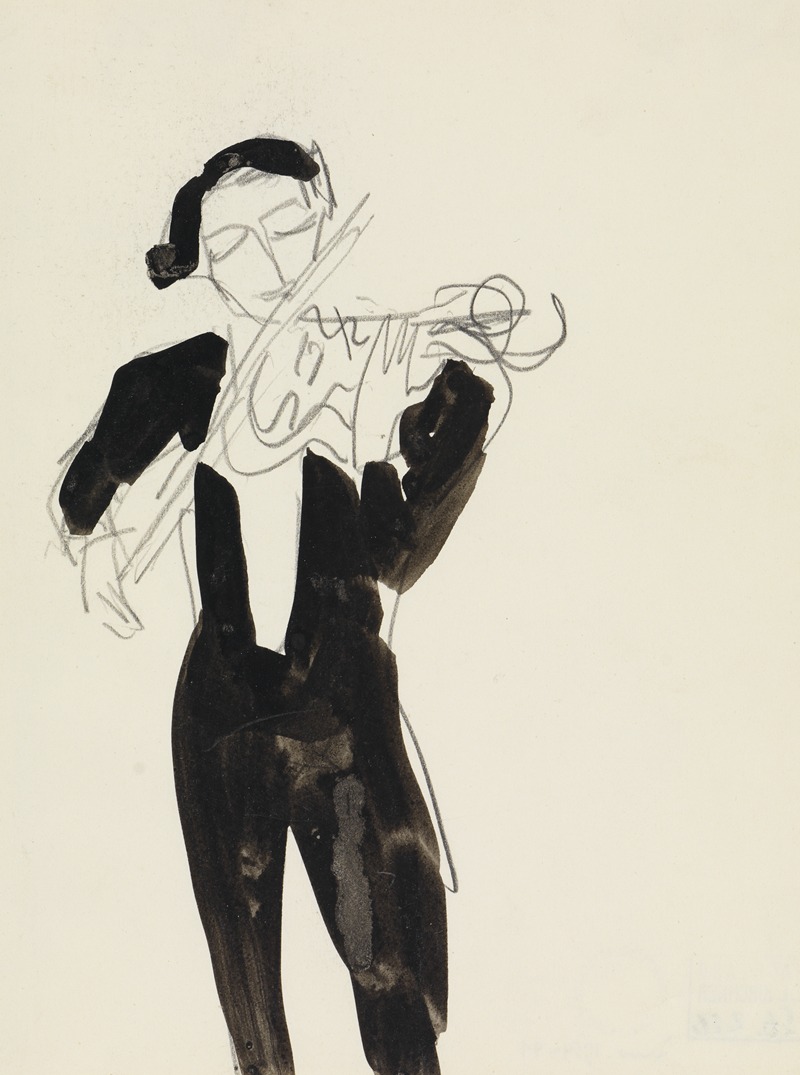
Geiger
A hand-painted replica of Ernst Ludwig Kirchner’s masterpiece Geiger, meticulously crafted by professional artists to capture the true essence of the original. Each piece is created with museum-quality canvas and rare mineral pigments, carefully painted by experienced artists with delicate brushstrokes and rich, layered colors to perfectly recreate the texture of the original artwork. Unlike machine-printed reproductions, this hand-painted version brings the painting to life, infused with the artist’s emotions and skill in every stroke. Whether for personal collection or home decoration, it instantly elevates the artistic atmosphere of any space.
Ernst Ludwig Kirchner was a prominent German expressionist painter and one of the founding members of the artist group Die Brücke (The Bridge), which played a crucial role in the development of modern art in the early 20th century. Kirchner is known for his vivid use of color, dynamic compositions, and exploration of modern life themes. His works often depict urban scenes, nudes, and landscapes, characterized by bold colors and expressive forms.
"Geiger" by Ernst Ludwig Kirchner is one of his notable works, although specific details about this painting are not as widely documented as some of his other pieces. Kirchner's oeuvre often reflects his interest in the human figure and the bustling life of cities, particularly Berlin, where he spent a significant part of his career. His style is marked by a departure from traditional representation, embracing instead a more abstract and emotional approach that captures the psychological and social tensions of the time.
Kirchner's work is heavily influenced by the socio-political environment of early 20th-century Germany, including the rapid industrialization and the cultural shifts that accompanied it. His paintings often convey a sense of movement and immediacy, achieved through his use of sharp lines and contrasting colors. This approach is evident in many of his works, where he seeks to express the inner experiences of his subjects rather than their outward appearances.
The Die Brücke group, which Kirchner co-founded in 1905, aimed to create a bridge between traditional and modern art. The group was inspired by various sources, including African and Oceanic art, which they saw as more authentic and emotionally direct than the academic art of their time. This influence is visible in Kirchner's work through his use of simplified forms and a focus on the expressive potential of color and line.
Kirchner's career was significantly impacted by the events of World War I and the subsequent political changes in Germany. He volunteered for military service but was discharged due to health issues, including a nervous breakdown. This period of his life led to a change in his artistic style, becoming more introspective and somber. Despite these challenges, Kirchner continued to produce art and remained an influential figure in the expressionist movement.
In 1937, the Nazi regime in Germany condemned Kirchner's work as "degenerate," and many of his paintings were removed from German museums. This had a profound effect on Kirchner, who was living in Switzerland at the time. He continued to work until his death in 1938, leaving behind a legacy that has had a lasting impact on modern art.
While specific information about the painting "Geiger" is limited, it can be appreciated within the broader context of Kirchner's work and his contributions to the expressionist movement. His art remains celebrated for its innovative approach and its ability to capture the complexities of human emotion and the rapidly changing world of the early 20th century.





